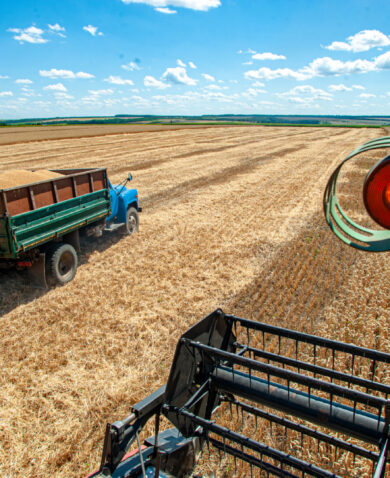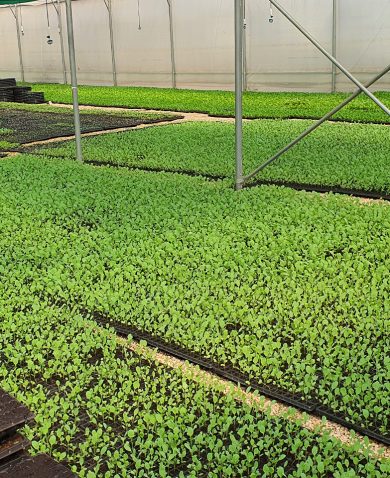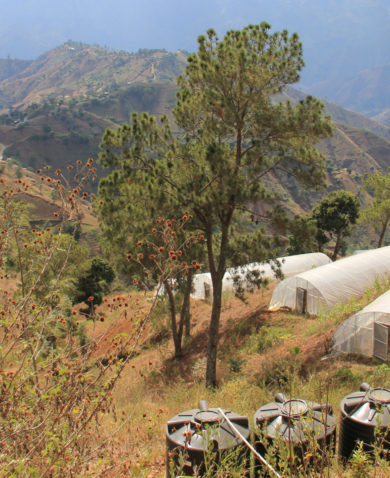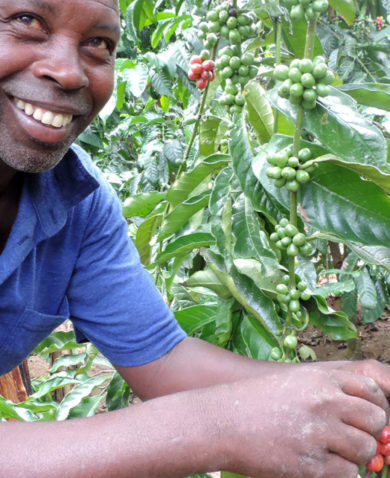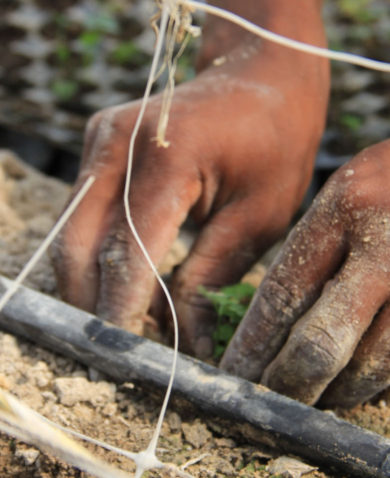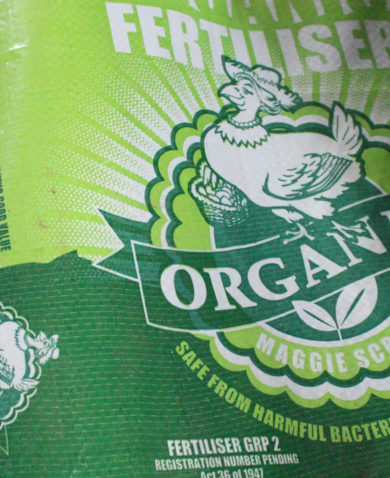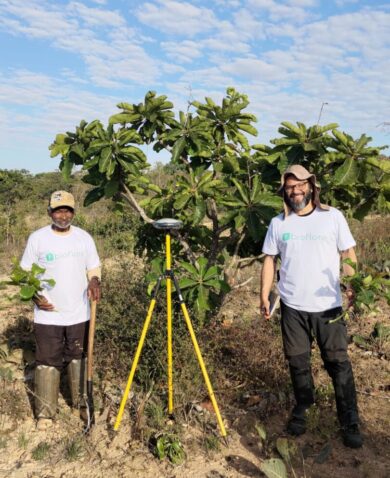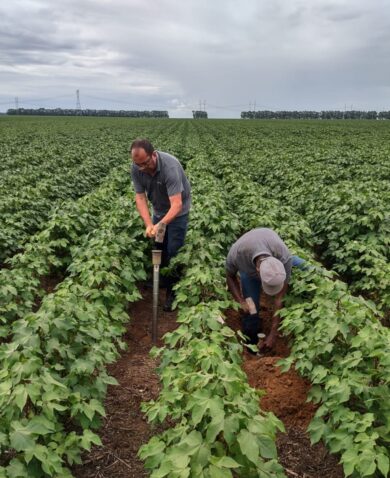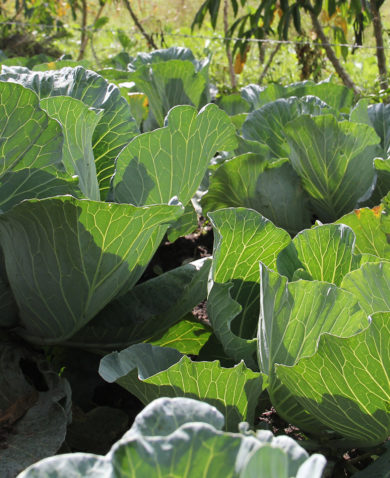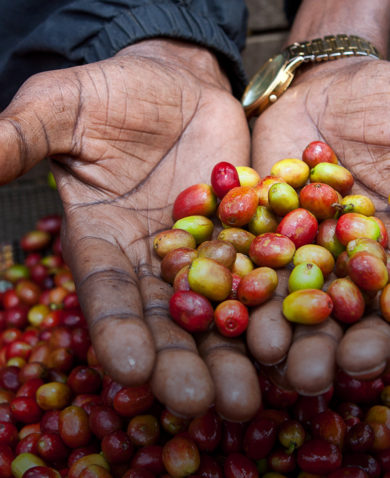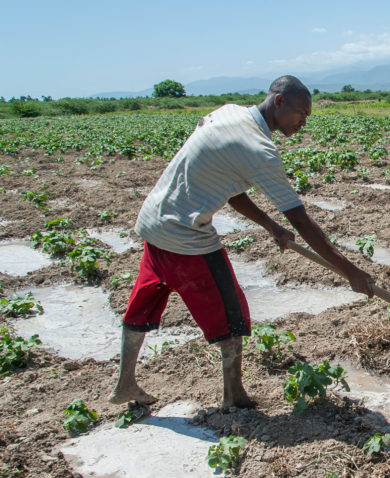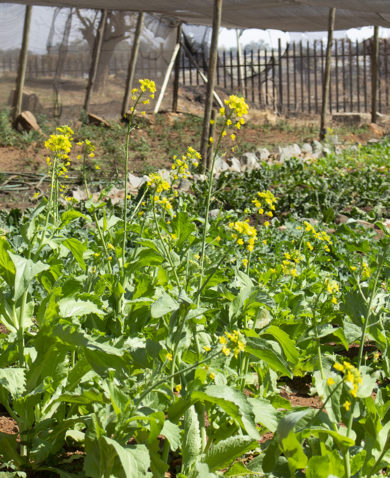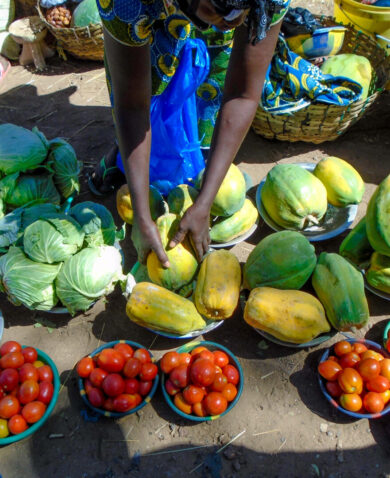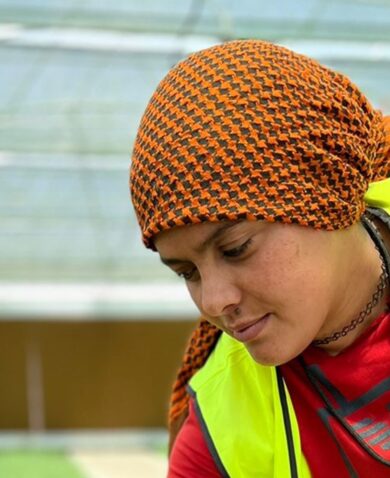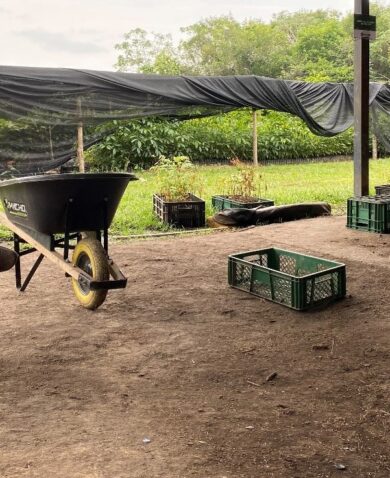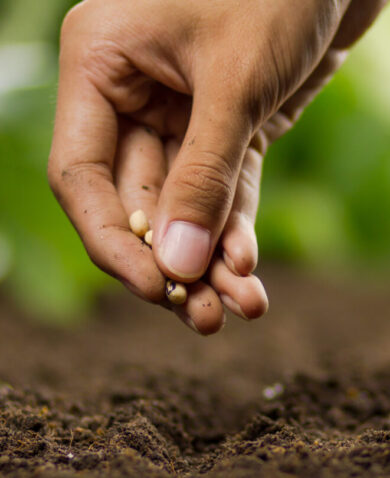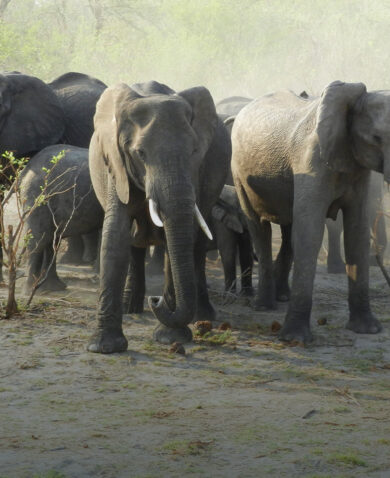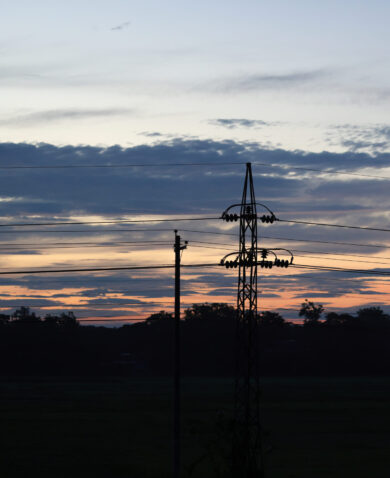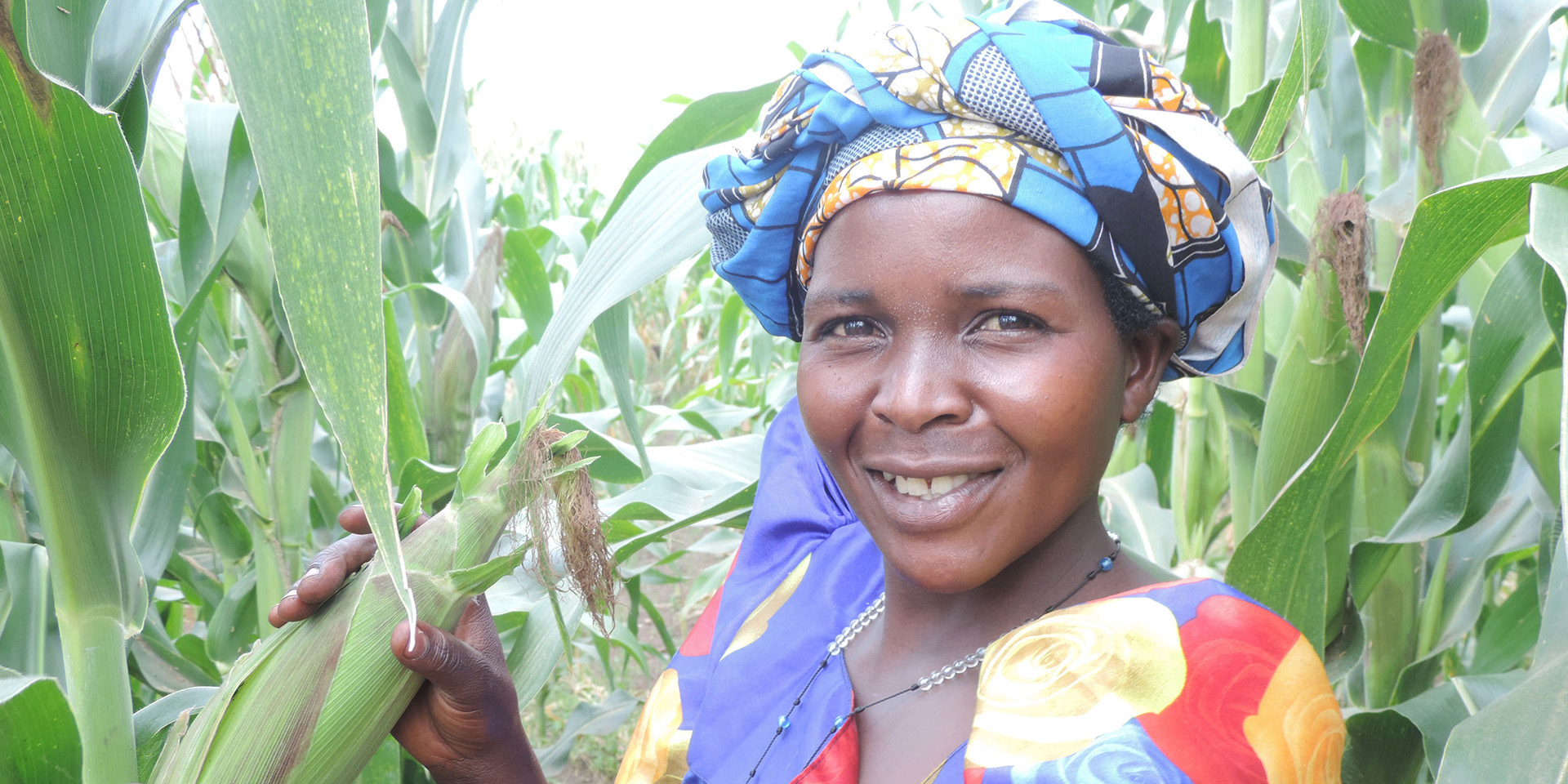
Climate-Smart Agriculture Means Changing Policies, Not Just Changing Techniques
June 6, 2017 | 4 Minute ReadWith approximately 1 billion more people to feed by 2030, farmers and governments are turning to climate-smart approaches in the face of uncertainty.
By 2030, global food producers will need to feed an estimated 8.3 billion people, reflecting an increase of about 1 billion from the world’s population in 2015. Nearly one-third of the world’s current population, or approximately 2.5 billion people, depend on agriculture for their livelihood. However, increasingly frequent severe weather events caused by climate change are threatening food production. A 2015 study on extreme weather and global food system resilience predicts that shocks to global food production will be three times more likely within 25 years, while the World Economic Forum’s 2016 Global Risk Report argues that climate change will stagnate yields and cause crop losses, drive global food price volatility, and heighten the risk of humanitarian emergencies, conflict, and mass migration.
One of the most affected regions in the world is East Africa, where drought linked to climate change is exacerbating already fragile environments. An analysis by the Nairobi-based Alliance for a Green Revolution in Africa recently found that the region faces a food-production deficit equivalent to about 30 percent of consumption. For example, rainfall totals in Uganda have decreased over the past 25 years as the average temperate has risen, stressing agricultural production and communities that have been displaced due to conflict. Climate-smart agriculture (CSA) is one method that can help mitigate these risks to both food and economic security.
CSA offers a means of advancing inclusive agricultural development and food security while being responsive to changes in the environment. As defined by the Food and Agriculture Organization of the United Nations, CSA has three objectives: “sustainably increasing agricultural productivity and incomes; adapting and building resilience to climate change; and reducing and/or removing greenhouse gas emissions, where possible.” CSA practices are most commonly thought of as specific farming techniques, but to be successful and sustainable, CSA must also inform the policy and financial contexts that farmers operate in. Changes in the enabling environment that improve sustainability or allow farmers to more efficiently sell their produce, such as removing barriers to trade and reducing crop spoilage and waste, are vital tools in the CSA arsenal.
Applying CSA principles in Uganda is especially important, as agriculture accounts for nearly a quarter of GDP and employs approximately 40 percent of the labor force. In recent years, persistent drought and unpredictable rainy seasons have resulted in reduced crop yields and crop failure, pest prevalence, and increased post-harvest losses, threatening both livelihoods and food security. Smallholder farmers are the most vulnerable to climate-induced shocks because they lack the resources to withstand them. Chemonics’ projects in Uganda are working to improve agricultural climate resiliency through a three-pronged strategy to expand farmers’ access to and adoption of CSA practices and technologies, enhance the policy enabling environment, and facilitate access to multi-peril crop insurance.
Resilience at the farm level
To promote CSA practices and technologies, the Feed the Future Uganda Commodity Production and Marketing Activity (CPM) is employing a door-to-door, buyer-linked intermediary business model. CPM works with buyers to train a network of village agents – who operate as middle men between buyers and farmers – in CSA practices, which the agents in turn promote to farmers. Village agents provide extension, inputs, and other products and services to farmers to help them increase the quantity and quality of their yields. Example CSA products include certified drought-resistant and fast-maturing seed varieties, micro-irrigation kits, and herbicide for conservation tillage. Through demonstrations at technology learning sites, agents also showcase new innovations like locally-made solar-powered dryers, which mitigate the challenges of drying maize, coffee, or beans in the context of unpredictable rains. Bringing products to the farmer’s door saves farmers time and money, improving affordability. As of 2016, CPM had enabled more than 150,000 farmers to adopt climate-resilient technologies.
Shaping a national approach
Meanwhile, the Feed the Future Uganda Enabling Environment for Agriculture Activity (EEA) is collaborating with the government of Uganda to strengthen its capacity to adapt to climate change and help farmers become climate-resilient. One critical intervention has been EEA’s sustained support to establish and operationalize Uganda’s National Climate Change Policy (NCCP) and Implementation Strategy (IS). The NCCP/IS defines the country’s goals for increased understanding of climate change, concerted and sustainable action towards adaptation, and broad-scale protection of the agriculture sector to ensure farms remain productive and profitable. For example, EEA is working with the Ugandan government to develop and launch a national climate change communication strategy for climate change-related risks, policies, and research as well as dissemination of the NCCP and IS throughout Uganda. At the district-level, EEA is training 38 district governments to mainstream climate resilience into their district development plans (DDPs) and budget requests to the central government. These training programs introduce new concepts and techniques to help participants understand and respond to climate hazards affecting their localities, and identify climate focal points and champions to take responsibility for agreed-upon interventions. Some districts have realized that they were already engaging in adaptation activities like soil and water conservation that were not yet reflected or costed out in the DDPs. This type of revelation has helped make climate change seem both real and manageable.
EEA is also working to provide farmers with better access to seasonal weather forecasts. Better information about the expected timing and intensity of the rainy season mitigates some of the negative impacts of climate change by helping farmers make informed decisions about when to plant. By accounting for climate variability in this manner, farmers can reduce the likelihood of crop loss and food insecurity.
A plan B for extreme weather
To ensure that farmers’ livelihoods are protected even if they do lose their harvests, CPM encouraged the Ugandan government to establish a public-private partnership with two insurance companies to facilitate crop insurance uptake among smallholder farmers. Crop insurance reduces climate risks through compensation for crop losses. The government is now subsidizing the premiums for smallholder farmers who had been previously unable to afford insurance. By the end of 2016, 8,000 farmers were already enrolled and CPM aims to reach 60,000 by the end of 2017. Crucially, insurance allows farmers to access credit because the insurance policy acts as collateral for the bank, thereby enabling farmers to make investments in more CSA practices and technologies.
These examples demonstrate how to apply CSA principles in a holistic manner, from adoption of agricultural techniques and technologies to improvement of the policy and financial environment for agriculture. While climate change will remain a threat to food security and economic development for the foreseeable future, climate-smart agriculture can help Ugandan farmers, and farmers around the world, secure and improve their livelihoods in the face of uncertainty.

